
Kazoo Construction
|
Kazoologist Home What Is a Kazoo? History of the Kazoo Join AAK Kazoo Design, Construction, &Maintenance Pictures Links |
After the style of Bath House Brass Wash House WindsandHandyman HowlersMost patents have a duration of 20 years. They can not be extended or renewed. At the time of this writing (early 2013) the information contained in any patent issued before 1992 can be used by anyone. Names of products are generally covered by copyright or trademark laws which can go on almost indefinitely. So you can use ideas from this patent, but you can't refer to it as Bath House Brass or the brand Mattel. (You also can't incorporate parts of patents issued less than 20 years before whenever you make yours) Other than that, have at it! So what we are going for here is a kazoo or kazoid (that is one wherein the pitch is controlled by the player's voice) made of plumbing parts. Plastic parts are light weight, readily available and relatively inexpensive and usually easier to cut and assemble than other materials. They are hard to paint or get to look like anything other than plastic. Metal parts (especially shiny ones) are snazzier looking, but frequently heavier and more expensive. ---- The main parts to consider are Mouth Piece The two general types of mouth pieces are: 1) ones that one put in your mouth (like woodwinds, whistles, 2) ones you put your mouth in like brass instruments You want to use something that is safe to put in your mouth and doesn't have toxic coatings or cleaners on it. If it is made to carry drinking water, you are generally pretty safe. 1. There are a lot of parts suitable for this, recommendations: smooth exterior and not too big. This could include: plain pipe, pipe with the end flattened, the small end of reducing fittings, relatively small elbows, flexible tubing that can fit on any other parts. 2. plain pipe could be used as long as it is large enough to provide some cover for your lips, but it doesn't look as much like a mouthpiece as: the large end of reducing fittings, the slip on fittings that have a bit of a bulge at the end, If you use parts that have threads inside the mouthpiece, you should smooth them out be grinding them down, or by covering the threads with a safe plastic(maliable) substance (like food grade silicon). 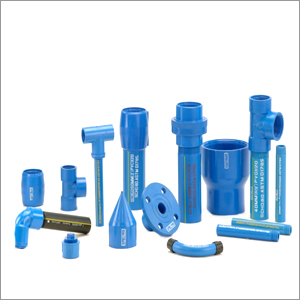 Before you say anything, no, not all of these will work as mouthpieces. Drill
an air exit hole somewhere between where your mouth goes
and the membrane holder. You may need to experiment to find the right size depending on the size of mouth piece, etc. If
you do not put an air exit hole in, you will need to position your
mouth
to allow air to escape around it when playing. The Membrane Holder This can be as simple as gluing, tyeing, taping, etc. a piece of flexible plastic over an end of a pipe or fixture or over a hole drilled in the side of a pipe. A slip on or threaded junction. I feel threaded is better, because it will allow you to adjust the tension of your membrane. I am now going to discuss male parts and female parts and screwing. Those of you with dirty minds can just leave the room now. 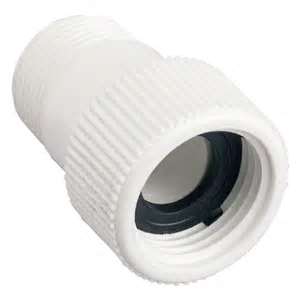 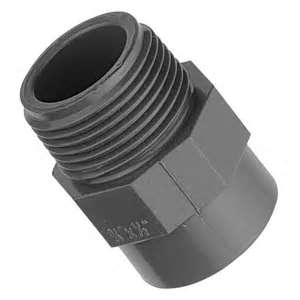 a female threaded and comparable male threaded fittings. The other ends could be threaded or slip on. Sand the end of the male
threaded part flat and smooth, no sharp edges. Do NOT sand the threads.
Glue a piece of your membrane material to a cardboard washer that will fit into the female threaded part. After it is dry, put the diaphragm washer into the female part and screw in the male part. It sometimes makes a difference which side of the washer faces which way, but maybe not. adjust the tension by tightening the two. placing a non-flat washer convex side up in the female side will generally cause greater tension in the membrane as the parts are tightened. You may need to try several types of membrane. I usually use plastic bag, kitchen wrap, candy or chip wrappers, etc. It comes in a lot of different thicknesses and stiffness. The larger the diameter of your membrane the thick &/or stiff it needs to be. You want the combination of size, thickness, stiffness and tension that will give the tone you like best for all the notes in your vocal range. For
more information on membranes see
The Foot, Bottom or End This
is the last part of your instrument. It can be slightly flared like a
clarinet, greatly flared like the bell of a brass instrument, straight
cylindrical like a flute, or tapered down like the end of a submarine
kazoo or a few other woodwind instruments.
Flared
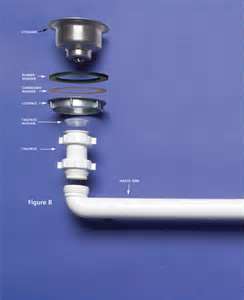 Straight I think you can figure this one out. Tapering Down Like the flaring ones, but the other way around. Every Thing In Between There are lots of commercially available fittings and both rigid and flexible pipes and tubes that can be used. 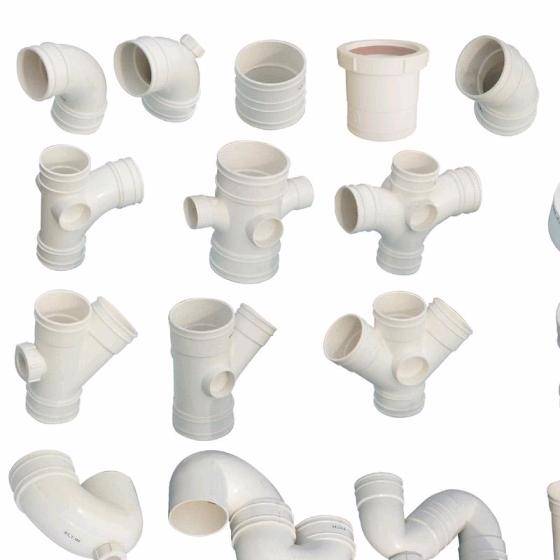 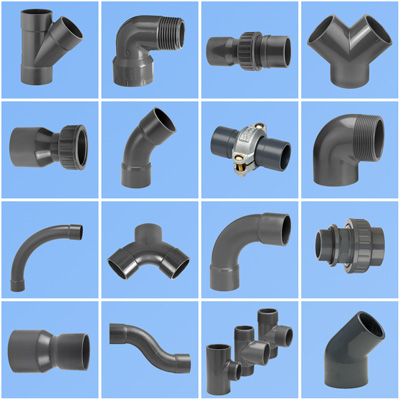 Unless you are a pluming purist, electrician parts like flexible conduit and junction boxes,  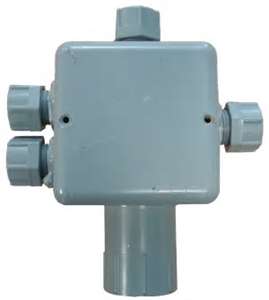 also plastic or rubber balls with holes cut in them can be used. Basic Procedure
Pieces can be decorated in whatever ways are possible as long as it is with safe materials. http://kazoologist.org/Kazoo_body_design.html Original Patent for ideas that were marketed as Bath House Brass.http://kazoologist.org/1969__3484799_VOICE_AMPLIFIER_TOY.pdf My Analysis of that patent http://kazoologist.org/BathHouseBrass01.html Back to Kazoo Design, Construction, &Maintenance |